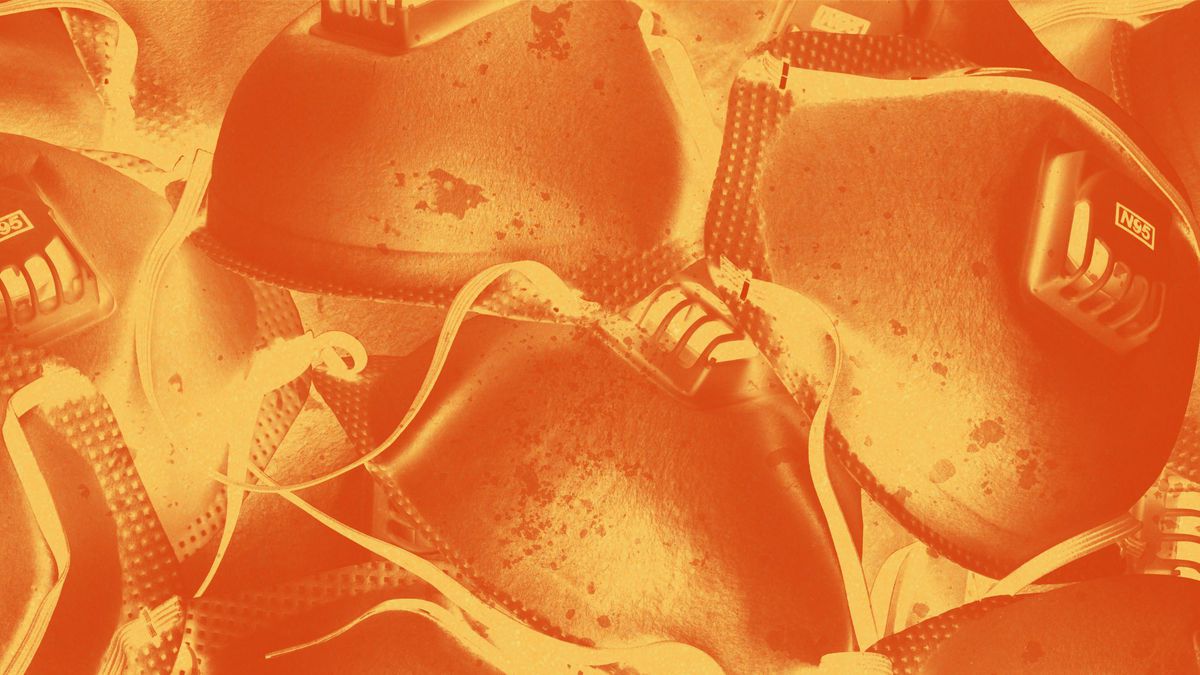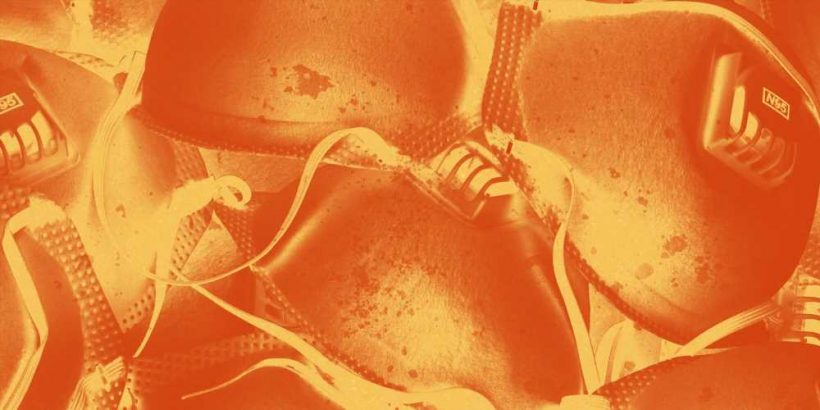Buy generic zma-power online pharmacy no prescription

In just a few weeks' time, the Omicron variant has overtaken Delta to become the dominant strain of COVID-19 in the US, making up 95.4% of all coronavirus infections according to the Centers for Disease Control and Prevention. The reason? While experts aren't sure why, the variant is not only more transmissible than previous strains, and it's better able to evade vaccines, leading to more breakthrough infections.
These two factors are why many experts are recommending people upgrade their face masks from cloth coverings to the more robust protection of a surgical mask or what's known as a respirator (think: N95, KN95, or KF94 masks). But a change in mask also requires a change in how you use and take care of that mask. Those who have gotten used to washing their cloth masks, for example, will have to get used to throwing out surgical masks after every use, if they decide to make the switch.
Dealing with a respirator is a bit different though: You certainly can't wash them, but they also aren't single-use—so how exactly do you care for these pieces of PPE? Here, experts help explain how often you should be changing your N95, KN95, or KF94 masks, and whether there's any legitimate way to clean them, because a face covering is only as effective as how well you use it and take care of it.
How long can you wear a KN95, N95, or KF94 mask?
If you typically wear cloth masks, you're probably used to washing them and reusing them; for surgical mask-users, you're (hopefully) tossing them in the trash after each use.
Respirators kind of fall in between the two options: You can reuse respirators (without washing in between uses), as long as you're aware of your personal risk level, and you take care of the mask between uses, Cassandra M. Pierre, an infectious disease physician and medical director of public health programs at Boston Medical Center, tells Health.
There's no hard-and-fast rule as to how many times you can wear a respirator before throwing it a way. Instead, it's more important to keep track of where you wear the face covering, and for how long. For people who wear their masks for shorter periods of time or situations where they remain physically distant from others throughout the day, Dr. Pierre says it's possible to use the same respirator for up to a week. But for people in high-risk settings, like health care facilities, it's best to toss the mask after a day.
Of course, each time you use a respirator—if you're using it more than once—you should make sure it's still in good condition. "We recommend every time you use a respirator, you're making sure there are no tears, gaps, or evidence of soiling on the surface," Dr. Pierre tells Health. "All these things can impair the integrity and filtration ability of the mask."
There are some pretty key ways to tell if your respirator has lost its integrity. First and foremost, if the mask has loosened on your face and no longer has a tight seal, it should be replaced, Jade Flinn, MSN, a nurse educator for the Biocontainment Unit at Johns Hopkins Medicine, tells Health. If the mask is visibly dirty on the inside from makeup, body oil, sweat, or other forms of moisture. you should also toss it, she says.
How should you store KN95, N95, and KF95 masks between uses?
Since you can wear a respirator more than once—and because cleanliness is an important factor in reusing your mask—you'll want to store them properly between wears. That starts with how you take your respirator off, which should be with clean hands and by the ear straps, so you don't touch the front, which may have accumulated some virus particles.
Once you've removed the mask from your face, you'll want to store it in a safe, clean space—not in your purse or on the rearview mirror in your car. "Keep it away from anything you'll be touching," says Flinn. "Putting it in a paper bag so it's covered and not getting mixed up with other things can help, along with helping it dry out." According to Dr. Pierre, a plastic food storage container works too, but only if you keep the lid slightly open to prevent condensation on the mask. A harder container can also help retain the structure of the mask.
When it's time to put your mask on again, wash your hands, then carefully inspect it for damage. If everything looks OK, use the straps to put it on, and avoid touching the outside of the mask. Make sure the respirator fits snugly to your face, then, wash your hands again.
Can you disinfect or clean your KN95, N95, or KF95 mask to extend its use?
Unfortunately, there aren't any ways to disinfect or clean respirators that are available to the general public, according to Flinn. Any potential ways to clean N95 or other respirators—an area of research health agencies are still looking into—require specific strategies only available in laboratory or other health care settings.
One study that often gets attention regarding decontamination of respiratory masks was published in April 2020 on medRxiv, a preprint server for research that has not yet been peer-reviewed. The study, from the National Institutes of Health (NIH), found that four decontamination methods were able to eliminate various levels of "detectable viable virus" from N95 fabric: vaporized hydrogen peroxide (VHP), 70-degree Celsius dry heat, ultraviolet light, and 70% ethanol spray. The decontamination techniques are helpful in health care settings when respirators are in low supply, but aren't really beneficial for the general public.
There is some science behind storing a respirator in a paper bag between uses, though. While those in health care settings ideally only use a respirator once, the CDC recognized the shortage of N95 respirators in the beginning of the pandemic and offered options to health care workers—one suggestion being store the mask in a paper bag for a minimum of five days. The CDC instructed health care workers to have five N95 respirators for each day of the week, storing them for a minimum of five days between uses. According to the CDC, this provided time for some pathogens on the mask to "die off" while in the bag. But even then, the CDC recommended N95s weren't worn more than five separate times.
How can you properly dispose of your KN95, N95, or KF94 mask?
Throwing out your used N95 of other respirators starts exactly how storing them does: By using clean hands to remove the mask from your face by the ear straps, being careful not to touch the front of the mask.
Then, it's right into the trash. According to the Environmental Protection Agency (EPA), masks and other types of PPE cannot be recycled, and should be kept out of recycling bins. And while it might be temping to just toss your respirator and be done with it, the EPA notes you should throw it out "securely" so someone else doesn't come into contact with it.
Source: Read Full Article
